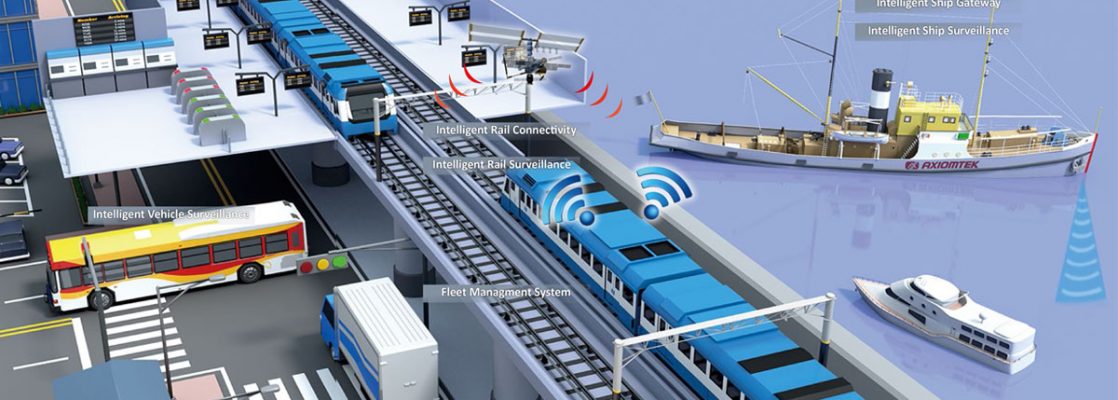
Transportation is the lifeblood of our global society, facilitating the movement of people, goods, and services across vast distances. It is an intricate web of systems, each with its unique characteristics and functionalities. But how many types of transport systems are there? This article aims to delve into the diverse world of transportation, exploring the various systems that keep our world moving.
Road Transport
Road transport is the most common form of transportation, encompassing personal vehicles, buses, trucks, and motorcycles. It’s a flexible system, allowing for door-to-door service and route changes. However, road transport is also subject to traffic congestion, environmental impacts, and safety concerns.
Rail Transport
Rail transport includes trains, trams, and monorails, offering a reliable and efficient means of moving large volumes of goods and passengers over long distances. While rail systems require significant infrastructure investment, they provide high-capacity transport with lower environmental impact than road transport.
Air Transport
Air transport is the fastest mode of transportation, ideal for long-distance travel and time-sensitive goods. Commercial airlines, cargo planes, and private jets fall under this category. Despite its speed and global reach, air transport is subject to weather conditions and high operational costs.
Water Transport
Water transport, including ships, ferries, and barges, is a cost-effective way to transport large volumes of goods over long distances. It’s particularly crucial for international trade. However, it’s slower than other transport modes and dependent on navigable waterways.
Pipeline Transport
Pipeline transport is a specialized system used for transporting liquids and gases, such as oil and natural gas. It’s a safe, efficient, and environmentally friendly way to move these commodities over long distances, but it requires significant upfront investment.
Cable Transport
Cable transport systems, such as cable cars and ski lifts, are used in specific environments where roads or rails are impractical. They offer unique advantages in mountainous terrains and scenic areas.
Space Transport
Space transport, though not commonly included in discussions of transport systems, is becoming increasingly relevant with advancements in space exploration and tourism. This system includes spacecraft and rockets used for satellite launches, space station resupply, and potential future passenger travel.
Conclusion
In conclusion, there are numerous types of transport systems, each with its unique characteristics, advantages, and challenges. As technology continues to evolve, we can expect to see further diversification and innovation in this field, potentially introducing new transport systems that we can’t even imagine today.

